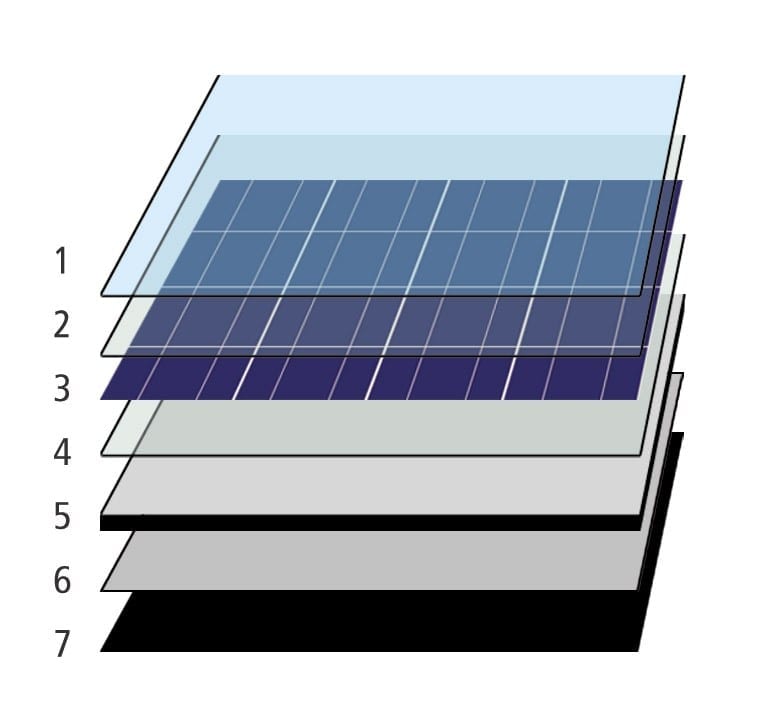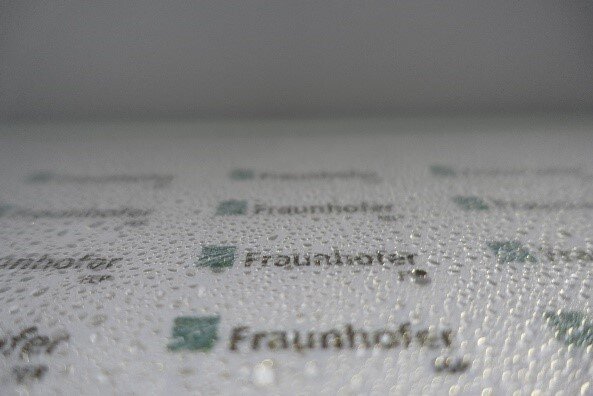
Columbia University and N.Y. engineering firm Weidlinger Associates are developing a layered approach that will draw electricity from the sun’s energy in multiple ways
Tar and shingles are hardly environmentally friendly materials, so the U.S. Department of Energy (DOE) hopes to soon help homeowners and businesses replace the roofs over their heads with something greener. To that end, the DOE awarded Weidlinger Associates, a New York City-based structural engineering firm, a $150,000 grant earlier this month (matched by a 10-percent commitment from the state) to develop durable hybrid solar roofing panels with integrated photovoltaic cells and thermoelectric materials that harvest the sun’s energy to produce both electricity and hot water for buildings.
Weidlinger is working with Columbia University in New York City on the project, which the engineers and researchers hope will convert at least 12 percent of collected sunlight into electricity. This would be an improvement over the 5- to 10-percent conversion rate possible with relatively inexpensive thin-film plastic solar cells, although a far cry from the most complex (and expensive) solar cells, which have achieved a conversion rate as high as 41.6 percent.
These new photovoltaic thermal hybrid panels presently exist only as prototypes. Beneath the clear, outermost protective cover is a layer of photovoltaic cells, followed by a layer of thermoelectric material, a layer with plastic tubes (called the functionally graded material interlayer) to carry water that will cool the other layers while also carrying away heated water, and a bottom layer of reinforcing plastic. The photovoltaic cells convert the sun’s electromagnetic radiation into electricity, while the thermoelectric layer converts the sun’s heat into electricity.
The water tubes are crucial to the design. Typically, when photovoltaics heat up they begin to lose their efficiency at normal operating temperatures in a sunny environment, says Greg Kelly, Weidlinger’s director of sustainable design. The design created by Huiming Yin, an assistant professor of civil engineering and engineering mechanics at Columbia, incorporates a capacity to cool down the photovoltaics while also heating water for use in the building to which the panels are attached.
The Latest on: Hybrid solar panel
[google_news title=”” keyword=”hybrid solar panel” num_posts=”10″ blurb_length=”0″ show_thumb=”left”]
via Google News
The Latest on: Hybrid solar panel
- Kill It With Fire Before It Lays Eggs! Those Times the Prius Got Its Own Camper Conversionon April 27, 2024 at 8:23 am
Years down the line, this hybrid vehicle would go on to be subject to intense ... and even mess with the fabrics used inside. If we added a solar panel on top and brought along some water and a pump, ...
- How Do Solar Panels Work?on April 27, 2024 at 5:00 am
Find out how solar cells power a good portion of homes today—and how they might power virtually everything in the future.
- Paso Robles couple left in the dark by solar company's incomplete $40k installation jobon April 26, 2024 at 6:52 pm
They hired the company to install solar panels, a module optimizer, a hybrid Inverter, and a battery storage system at their home in November 2023. In a contract agreement, it was noted that the ...
- UN-led panel aims to tackle abuses linked to mining for ‘critical minerals’on April 26, 2024 at 10:05 am
Panel of nearly 100 countries to draw up guidelines for industries that mine raw materials used in low-carbon technology ...
- Hybrid power plant floats in Thailandon April 25, 2024 at 6:38 am
Thailand is well on its way to achieving its goal of supplying more than half of its power generation capacity from renewable energy by 2037. The newest contributor to this sustainable energy target ...
- Haier Launches New Hybrid Solar AC With “Zero Electricity Bill”on April 25, 2024 at 4:57 am
Chinese home appliance maker Haier has launched a new Solar Hybrid AC that boasts zero electricity bills during the day. As the name says, the new Solar ...
- DualSun launches foldable plug-and-play solar kitson April 24, 2024 at 6:00 am
France’s DualSun has developed foldable plug-and-play solar kits with a power range of 420 W to 1.68 kW. France-based hybrid solar module manufacturer DualSun has launched a new foldable solar kit for ...
- Solar panels brighten up Unity Christian Schoolon April 23, 2024 at 3:30 pm
Students and staff of Unity Christian School unveiled their solar project to the community Tuesday afternoon, the day after Earth Day.
- India Emerges as a Major Exporter of Solar Panelson April 23, 2024 at 12:59 pm
India sets a new record for monthly renewable energy installations, driven by solar projects and aims to achieve 500 GW of non-fossil fuel capacity by 2032.
via Bing News




